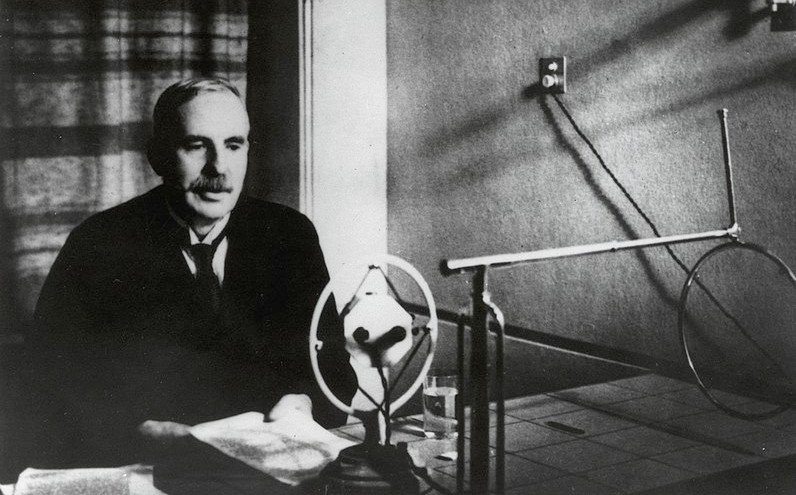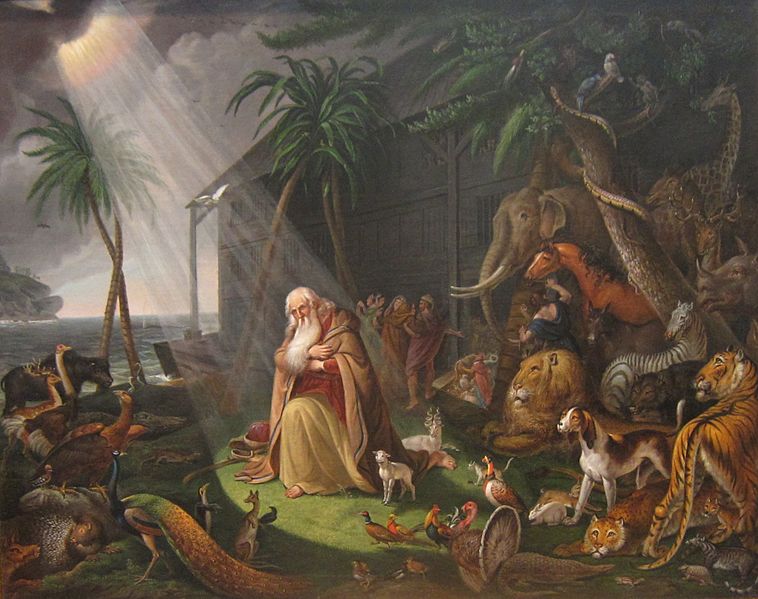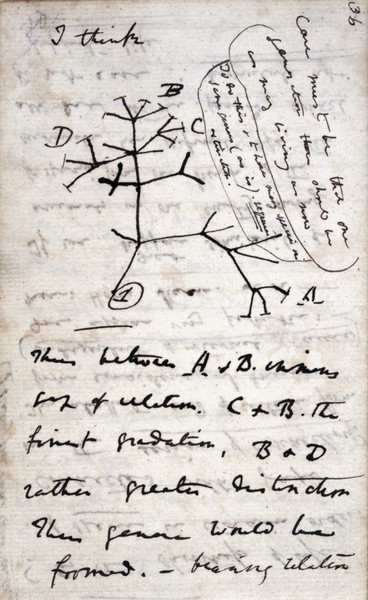
Clusters of soap bubbles obey some pleasingly simple rules: They arrange themselves into constant-mean-curvature surfaces (such as pieces of spheres) that meet in threes at 120° along seams, which in turn meet in fours at about 109° angles at points.
“Nothing more complicated ever happens,” writes mathematician Frank Morgan, even in complicated clusters with thousands of bubbles.
Belgian physicist Joseph Plateau observed and recorded this fact in the 19th century, but he offered no proof. More than 100 years would go by before Rutgers University mathematician Jean Taylor produced a complete explanation. Her demonstration required no physics or chemistry, just the principle of area minimization.
Morgan writes, “Many pages of complicated mathematics later came the conclusion: Plateau’s laws, 120° angles, 109° angles, and all.”
(Frank Morgan, “Mathematicians, Including Undergraduates, Look at Soap Bubbles,” American Mathematical Monthly 101:4 [April 1994], 343-351.)





